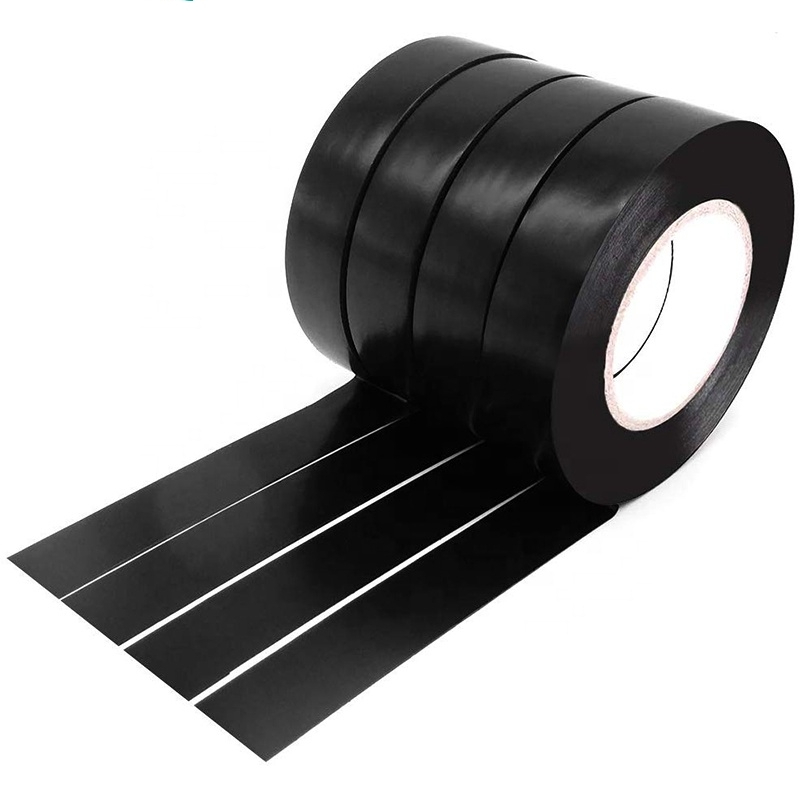The Importance of Fire Resistant Strips in Modern Safety Applications
In today’s world, ensuring safety is paramount, especially in residential and commercial buildings. One often overlooked but critical component in fire prevention and safety is fire resistant strips. These strips serve as essential barriers, preventing the spread of fire and smoke between different compartments of a building. Their significance goes beyond mere compliance with regulations; they are a proactive measure in safeguarding lives and property.
Understanding Fire Resistant Strips
Fire resistant strips, also known as fire barriers or intumescent strips, are designed to withstand high temperatures and prevent the passage of fire and smoke. Typically made from specialized materials, these strips expand when exposed to heat, filling gaps around doors and windows and effectively sealing off any openings. This expansion can significantly slow down the spread of fire, giving inhabitants more time to escape and emergency services more time to respond.
Types of Fire Resistant Strips
There are several types of fire resistant strips available, each designed for specific applications. The most common types include
1. Intumescent Strips These strips are made from materials that swell when exposed to heat. They can be applied around doors and windows, sealing off spaces that could otherwise allow smoke and flames to travel.
2. Sealant Strips Made from fireproof materials, these strips provide a tighter seal around openings, preventing the entry of smoke and hot gases. They are often used in commercial applications to ensure compliance with fire safety regulations.
3. Thermoplastic Strips These strips become pliable when heated, allowing them to expand and fill cracks and gaps in construction. They are especially useful for areas prone to high levels of heat.
Applications of Fire Resistant Strips
Fire resistant strips can be used in a variety of settings
fire resistant strip

- Residential Buildings Homeowners can install fire resistant strips around interior and exterior doors, windows, and other potential entry points for smoke and flames. This not only enhances personal safety but can also be a determining factor in lowering insurance premiums.
- Commercial Spaces Businesses must comply with stringent fire safety regulations, and fire resistant strips are a key component in achieving this compliance
. They can be used in office buildings, warehouses, and manufacturing plants to create safe fire compartments.- Industrial Settings In factories or plants that handle flammable materials, the application of fire resistant strips is crucial. They minimize the risk of fire spreading from one area to another, protecting both workers and assets.
Benefits of Fire Resistant Strips
Investing in fire resistant strips offers a multitude of benefits
1. Enhanced Safety The primary benefit is, of course, increased safety for occupants and property. By slowing the spread of fire and smoke, these strips can save lives.
2. Cost-Effectiveness The installation of fire resistant strips is a relatively low-cost safety measure compared to the potential loss of life or property in the event of a fire. They are a small price to pay for peace of mind.
3. Compliance with Regulations Many building codes require the installation of fire resistant materials. Failing to comply can lead to legal issues and possible fines.
4. Easy Installation Fire resistant strips are typically easy to install, making them a convenient choice for both new constructions and retrofitting existing buildings.
Conclusion
Fire resistant strips play a crucial role in modern fire safety measures. Their ability to prevent the spread of fire and smoke provides not only physical protection but also peace of mind for occupants. As we continue to prioritize safety in our construction methods and practices, the integration of fire resistant strips will undeniably remain a wise investment for homes and businesses alike. Embracing these fire safety innovations not only fulfills building codes but most importantly, it secures the safety of lives.
-
XIANGFAN Rubber Tape-Ultimate Solutions for All Your Insulation NeedsNewsJun.24,2025
-
XIANGFAN Rubber Tape-Protection for Industrial and Residential ApplicationsNewsJun.24,2025
-
XIANGFAN Rubber Tape: Superior Safety and Sealing for Demanding EnvironmentsNewsJun.24,2025
-
XIANGFAN Rubber Tape: Reliable Solutions for Every Electrical ChallengeNewsJun.24,2025
-
XIANGFAN Electrical & Industrial Tape: Powering Reliability Across IndustriesNewsJun.24,2025
-
XIANGFAN Electrical & Industrial Tape: Excellence in Every ApplicationNewsJun.24,2025
